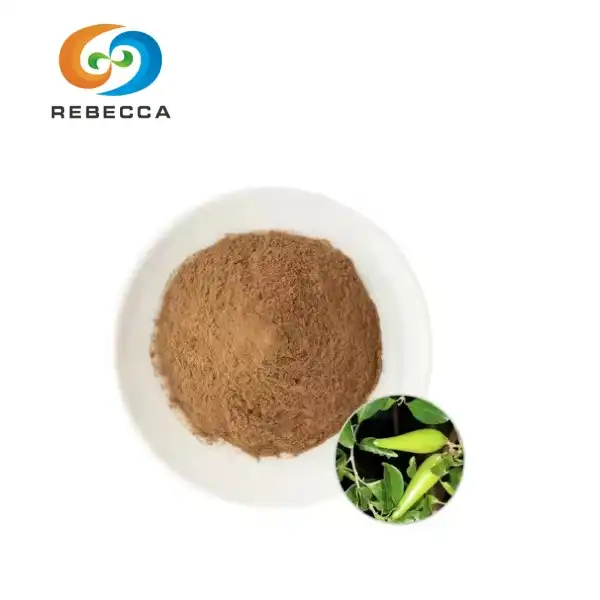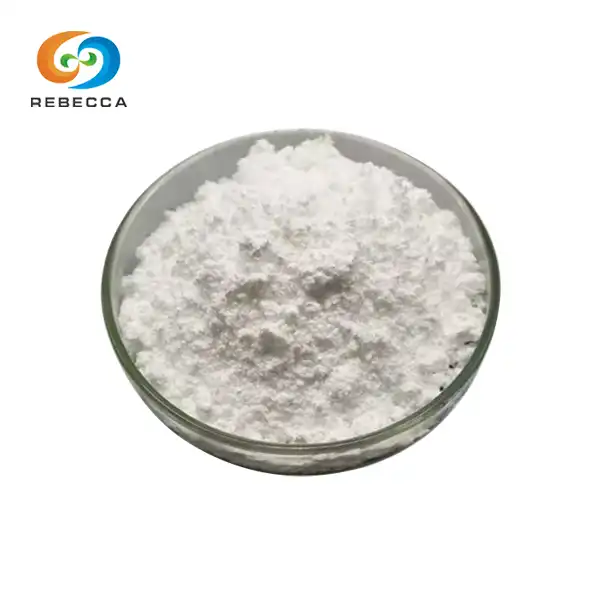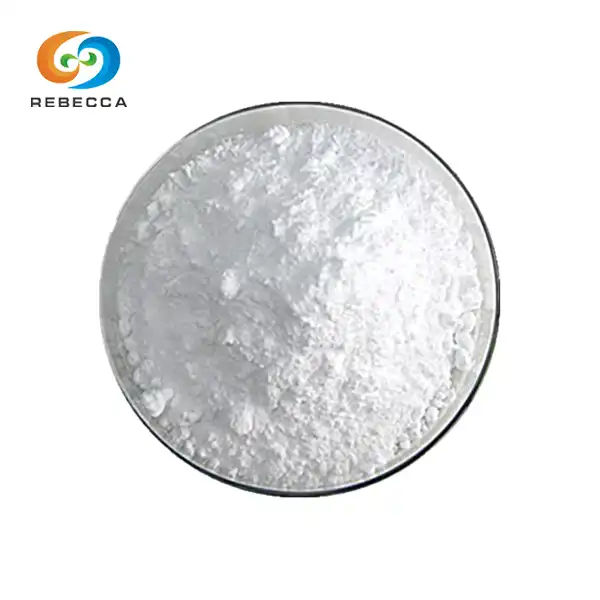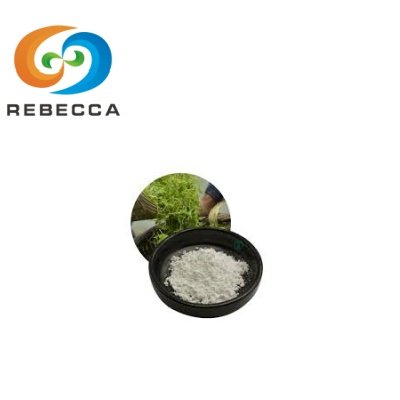Is yeast beta glucan the same as wheat?
When it comes to dietary supplements and functional ingredients, beta glucans have gained significant attention for their potential health benefits. However, not all beta glucans are created equal. Two common sources of beta glucans are yeast and wheat, but they differ in several important aspects. In this article, we'll explore the differences between yeast beta glucan powder and wheat beta glucan, focusing on their sources, core functions, uses, and molecular structures.
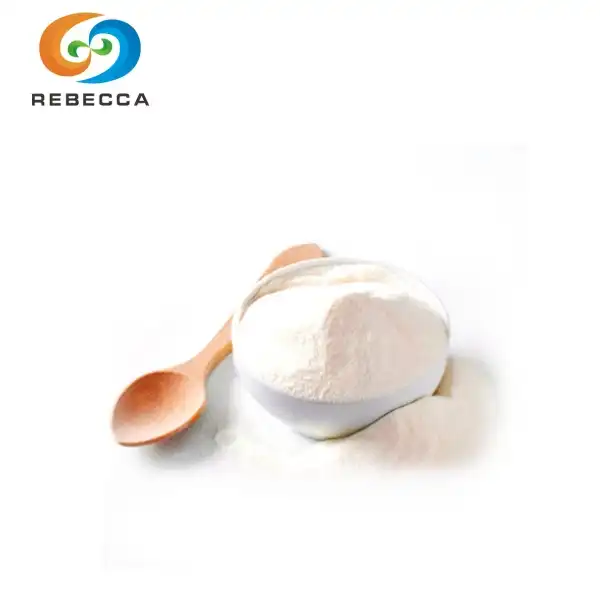
Yeast Beta Glucan Powder
【English name】: Yeast Beta Glucan Powder
【Other name】: Beta-(1,3)-D-Glucan ; yeast dextran
【CAS No.】: 9012-72-0
【Molecular Formula】: (C 6 H 10 O 5 ) N
【Active ingredients】: Beta-1,3-1,6 Glucan
【Specification】: ≥70%
【Grade】 :Food Grade / Cosmetic Grade
【Appearance】: Off-white or yellowish powder
【Mesh size】:80 Mesh
【Test Method】: HPLC
Completely different sources
Yeast beta glucan and wheat beta glucan originate from entirely distinct biological sources, one from microorganisms, the other from plants. This fundamental distinction is not merely a classification detail; it directly shapes their structural characteristics, functional properties, and the scope of their practical applications across industries like food, nutrition, and pharmaceuticals.
1. Yeast Beta Glucan: Sourced from Microbial Cell Walls
Yeast beta glucan powder is exclusively extracted from the rigid cell walls of yeast, with Saccharomyces cerevisiae (commonly known as baker's yeast or brewer's yeast) being the primary commercial source. This yeast strain is widely recognized for its safety and utility, as it is the same strain used in everyday baking (to leaven bread) and brewing (to ferment beer).
The extraction process of yeast beta glucan is a specialized, multi-step procedure designed to isolate the compound from the complex yeast cell wall matrix. It typically involves:
- Breaking down the yeast cell walls using enzymatic hydrolysis or mechanical disruption to release intracellular components.
- Separating beta glucan from other cell wall substances (such as mannoproteins and chitin) via centrifugation, filtration, or solvent precipitation.
- Purifying and drying the isolated beta glucan into a fine, off-white to white powder, which ensures high purity (often exceeding 80%) for commercial use.

2. Wheat Beta Glucan: Sourced from Plant Grain Endosperm
In contrast, wheat beta glucan is a naturally occurring soluble dietary fiber found in the endosperm cell walls of wheat grains. The endosperm is the nutrient-dense inner layer of the grain, responsible for storing starches and proteins that support the growth of the wheat embryo. While wheat is a key source, this type of beta glucan also exists in other cereal grains like oats (the most well-known source), barley, and rye, though its content and structure vary slightly across grains.
Obtaining wheat beta glucan relies on plant-based processing techniques tailored to grain anatomy, usually including:
- Low-temperature milling of wheat grains to break down the outer bran and germ layers, while preserving the endosperm (where beta glucan is concentrated).
- Using aqueous extraction (water-based solutions) or alcohol precipitation to separate beta glucan from starches and proteins in the milled endosperm.
- Refining the extract into a powdered or viscous liquid form, which retains its soluble fiber properties—such as the ability to form a gel-like matrix when mixed with water.
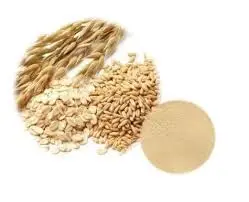
Different core functions and uses
While both yeast and wheat beta glucans offer health benefits, their core functions and primary uses differ significantly.
Yeast beta glucan, particularly the 1,3/1,6 beta glucan found in yeast cell walls, is renowned for its immune-modulating properties. It's widely used as a dietary supplement to support and enhance immune function. Research suggests that yeast beta glucan powder may help:
- Strengthen the body's natural defense mechanisms
- Support cardiovascular health
- Potentially aid in managing blood glucose levels
- Contribute to skin health when used in cosmetic formulations
Wheat beta glucan, on the other hand, is primarily known for its effects on digestive health and cholesterol management. Its core functions and uses include:
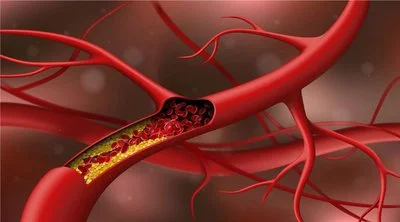
- Promoting digestive health by acting as a prebiotic fiber
- Helping to lower cholesterol levels
- Aiding in blood sugar regulation
- Potentially contributing to weight management by promoting feelings of fullness
These distinct functions stem from the different molecular structures of yeast and wheat beta glucans, which we'll explore next.

Completely different molecular structures
The molecular structure of beta glucans plays a crucial role in determining their biological activities and potential health benefits. Yeast beta glucan and wheat beta glucan have fundamentally different structures.
Yeast beta glucan powder, specifically from Saccharomyces cerevisiae, has a complex branched structure. It consists of a backbone of β-(1,3)-linked glucose units with β-(1,6)-linked side chains. This unique structure is what gives yeast beta glucan its potent immune-modulating properties. The branched nature allows it to interact effectively with specific receptors on immune cells, triggering a cascade of immune responses.
Wheat beta glucan, in contrast, has a linear structure composed of β-(1,3) and β-(1,4) linkages. This linear structure contributes to its gel-forming properties and its ability to influence digestive processes. The linear nature of wheat beta glucan is what allows it to form viscous solutions in the digestive tract, which is believed to be the mechanism behind its cholesterol-lowering and blood sugar-regulating effects.
These structural differences explain why yeast beta glucan and wheat beta glucan have distinct biological activities and are used for different purposes in the health and wellness industry.

FAQ
1: Can yeast beta glucan cause allergic reactions in people with yeast allergies?
A: While yeast beta glucan is derived from yeast, it's highly purified and typically doesn't contain the allergenic proteins found in whole yeast. However, individuals with severe yeast allergies should consult their healthcare provider before using yeast beta glucan products.
Q2: Is wheat beta glucan gluten-free?
A: Wheat beta glucan itself doesn't contain gluten. However, because it's derived from wheat, there's a risk of gluten contamination during processing. Individuals with celiac disease or gluten sensitivity should opt for beta glucans from gluten-free sources like oats or yeast.
Q3: How is yeast beta glucan powder typically consumed?
A: Yeast beta glucan powder is versatile and can be incorporated into various products. It's commonly used in dietary supplements, functional foods, and beverages. Some people mix it into smoothies or sprinkle it over food. Always follow the recommended dosage on the product label or as advised by a healthcare professional.
Yeast Beta Glucan Powder Supplier: Rebecca Bio-Tech
For those seeking high-quality Beta-(1,3)-D-Glucan, Rebecca Bio-Tech stands out as a reliable supplier. As a specialized manufacturer in plant extracts and herbal active ingredients, Rebecca Bio-Tech is committed to providing premium yeast beta glucan powder that meets rigorous quality standards.
Rebecca Bio-Tech's yeast beta glucan powder undergoes strict quality control measures, including HPLC testing to ensure purity and potency. With their expertise in natural herbal extracts and commitment to research and development, Rebecca Bio-Tech is well-positioned to meet the growing demand for Beta-(1,3)-D-Glucan in the pharmaceutical, health product, beverage, and cosmetic industries.
To learn more about Rebecca Bio-Tech's yeast dextran or to place an order, don't hesitate to reach out to their team at information@sxrebecca.com. Their experts are ready to assist you in finding the right yeast beta glucan solution for your specific needs.
References
- Vetvicka, V., & Vetvickova, J. (2007). Physiological effects of different types of β-glucan. Biomedical Papers, 151(2), 225-231.
- Zhu, F., Du, B., & Xu, B. (2016). A critical review on production and industrial applications of beta-glucans. Food Hydrocolloids, 52, 275-288.
- Bacha, U., Nasir, M., Iqbal, S., & Anjum, A. A. (2017). Nutraceutical, anti-inflammatory, and immune modulatory effects of β-glucan isolated from yeast. BioMed Research International, 2017.
- Khoury, D. E., Cuda, C., Luhovyy, B. L., & Anderson, G. H. (2012). Beta glucan: health benefits in obesity and metabolic syndrome. Journal of Nutrition and Metabolism, 2012.
- Mikkelsen, M. S., Jespersen, B. M., Larsen, F. H., Blennow, A., & Engelsen, S. B. (2013). Molecular structure of large-scale extracted β-glucan from barley and oat: Identification of a significantly changed block structure in a high β-glucan barley mutant. Food Chemistry, 136(1), 130-138.

